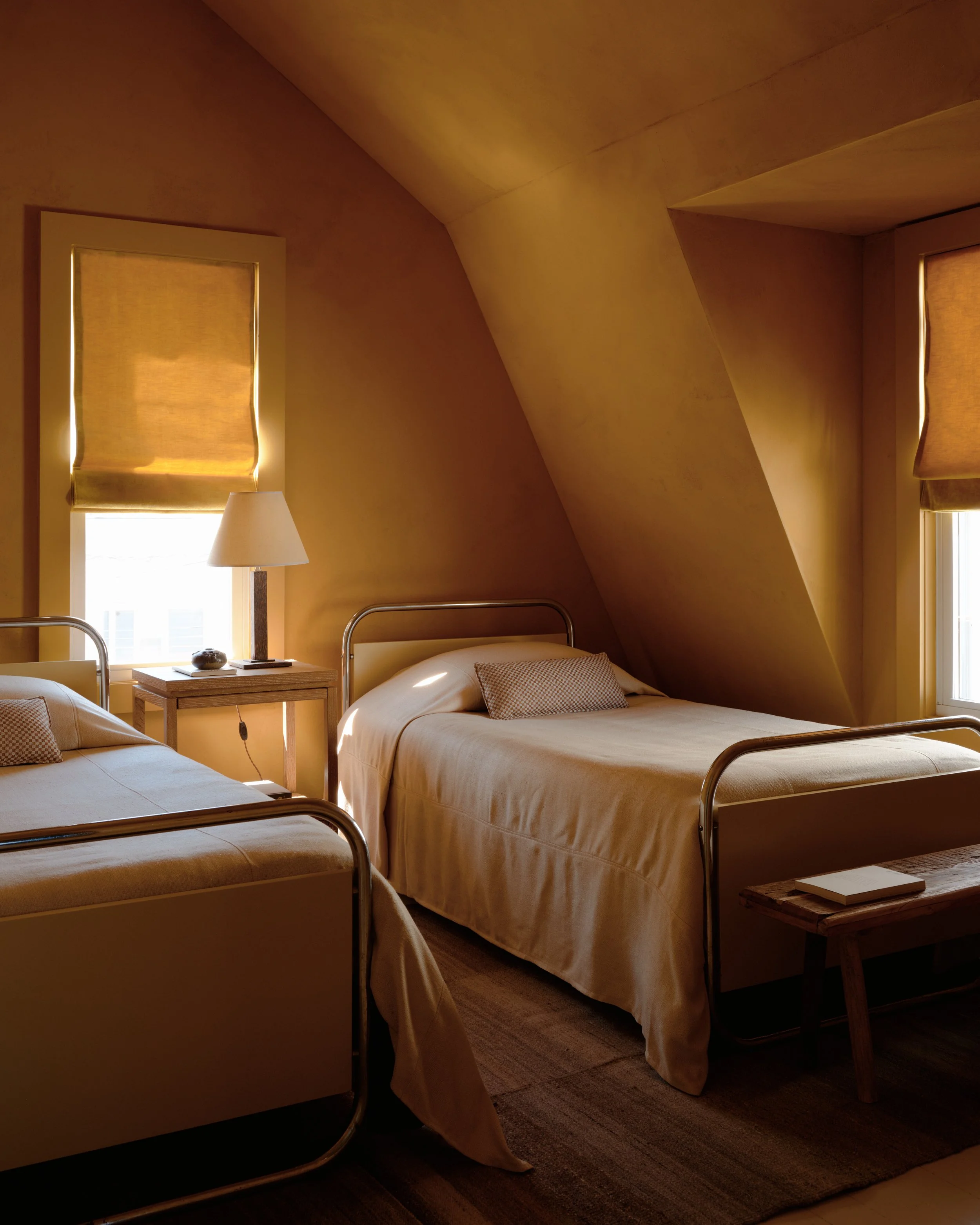
What is Plaster Made of?
Venetian plaster is typically made of a few primary ingredients, including:
Slaked Lime: Slaked lime, also known as hydrated lime, is a key component of Venetian plaster. It is produced by adding water to quicklime (calcium oxide), resulting in a fine powder that is mixed with other ingredients to create the plaster. Slaked lime acts as a binder in the plaster mixture and contributes to its unique properties, including durability and breathability.
Marble Dust: Marble dust, or finely ground marble particles, is another essential ingredient in Venetian plaster. It adds strength, texture, and a natural luster to the plaster, giving it the characteristic appearance of polished marble. The quality and fineness of the marble dust can vary, affecting the final appearance and performance of the plaster.
Water: Water is used to mix the slaked lime and marble dust together to create a workable plaster mixture. The amount of water added can vary depending on the desired consistency and application technique. Water also plays a role in the curing process, allowing the plaster to harden and set over time.
Optional additives may also be included in Venetian plaster formulations to enhance certain properties or achieve specific effects. These additives can include natural pigments for coloration, acrylic resins for increased adhesion and durability, or other minerals and aggregates for texture and visual interest.
Overall, Venetian plaster is primarily composed of natural materials, including slaked lime, marble dust, and water, making it a durable, environmentally friendly, and aesthetically pleasing choice for interior wall finishes.

